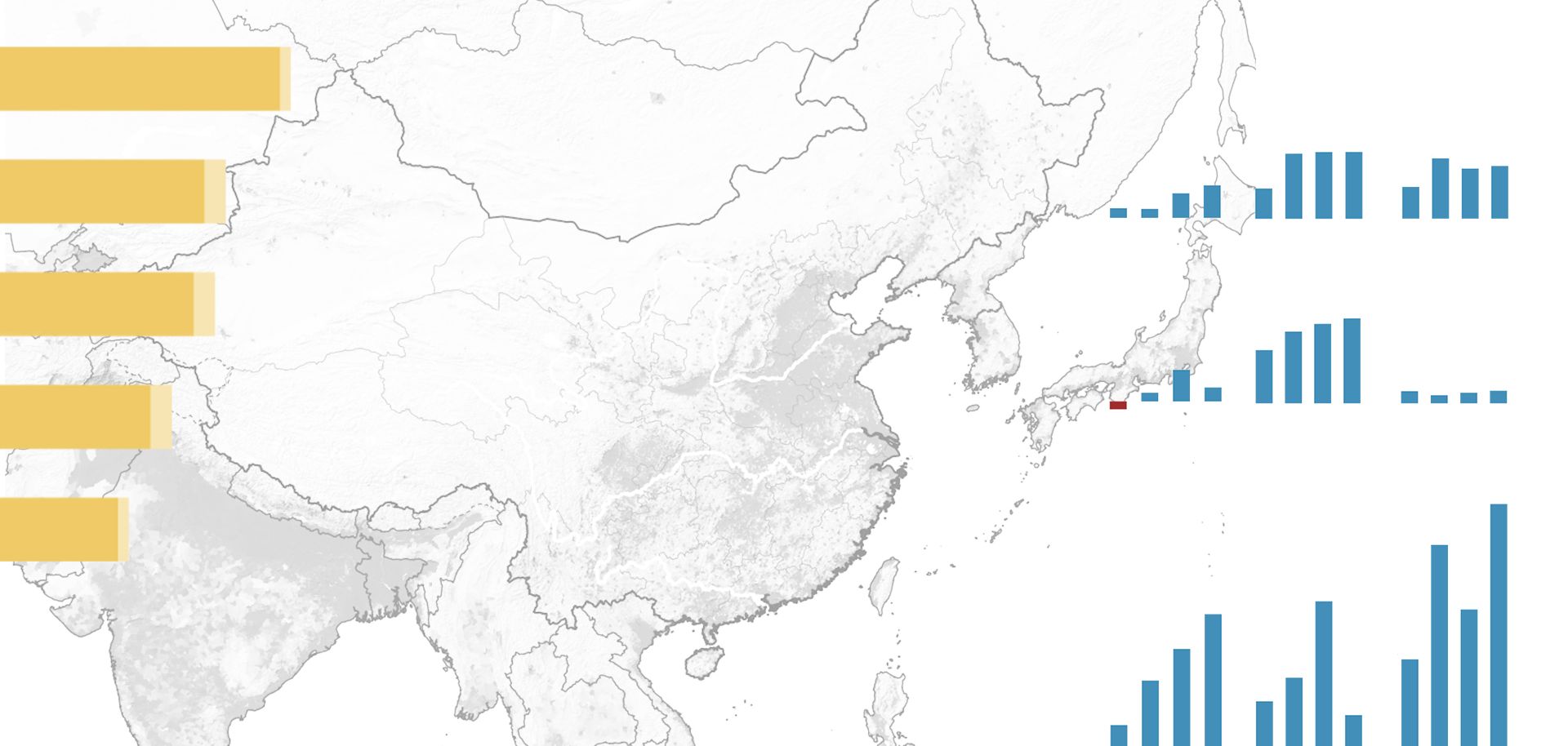
U.S. West Coast ports are emerging from prolonged contract negotiations worse for wear. More than a decade of intermittent labor negotiations, punctuated by sporadic strikes and work slowdowns, has eroded the reputation of these ports. The most recent disputes serve only to emphasize impressions of unreliability and inefficiency. Just as in any other industry, reliability factors into a business's competitiveness. However, much of the traffic that could switch to the Atlantic and Gulf coasts has already done so over the course of the past decade.
Although there is inherent bias in surveys conducted during work stoppages or slowdowns, some traffic is likely to switch routes permanently, especially in the central United States, where numerous supply chain routes compete with each other. But alternative routes have their own capacity limitations and will have to invest accordingly to attract additional traffic. Congestion at the Los Angeles/Long Beach port complex, the largest container port in the United States, stems from more than just prolonged negotiations. A shortage of chassis — a piece of equipment used to move the containers — is often cited as one of the main contributors to congestion at the port. Eastern ports are not immune to such issues, either. The recent surge in traffic during the contract negotiations seems to have been a factor in congestion at New York/New Jersey and Virginia ports, indicating the difficulties of sudden changes in supply chains.
The U.S. intermodal supply chain relies on a series of fragmented rail corridors that serve all major metropolitan areas, though not contiguously. While the rail physically connects the country from coast to coast and almost everywhere in between, the landscape shapes how cargo moves and where the connections exist. The corridors are routes that are optimized to handle specific trade patterns. For example, the TransCon Corridor has one terminus at Los Angeles/Long Beach and serves Chicago, Memphis and Dallas, while the Heartland Corridor has one end at the Port of Virginia and the other in Chicago, with service to Columbus along the way. Class I railways are private organizations, and investments have been made or are being made on nearly all of the main corridors to ensure efficiency and competitiveness in the future. Distribution centers placed along transport routes then service a retail customer base. As some imports destined for the Midwest move to new points of entry, investment in new distribution centers will be necessary.
The March 30 vote on the tentative labor agreement will be vital for short-term supply chain decisions. A failure to approve the tentative agreement could result in a renewed work stoppage or in slowdowns. But in the long run, union efficiency and reliability are only a part of several factors in determining retailers' supply chains. U.S. East Coast port traffic will likely increase in the coming years, a trend that has been in motion for more than a decade. West Coast rail corridors will continue to invest to maintain competitiveness with alternative routes that are investing in their own ability to attract traffic, and eastern routes will have their own congestion issues to deal with. There will be a shift, but a significant number of shippers simply have no other option but to use West Coast ports. Ultimately, economic factors beyond the labor unions will dictate the change in port traffic more than the labor disputes on the U.S. Pacific Coast.



